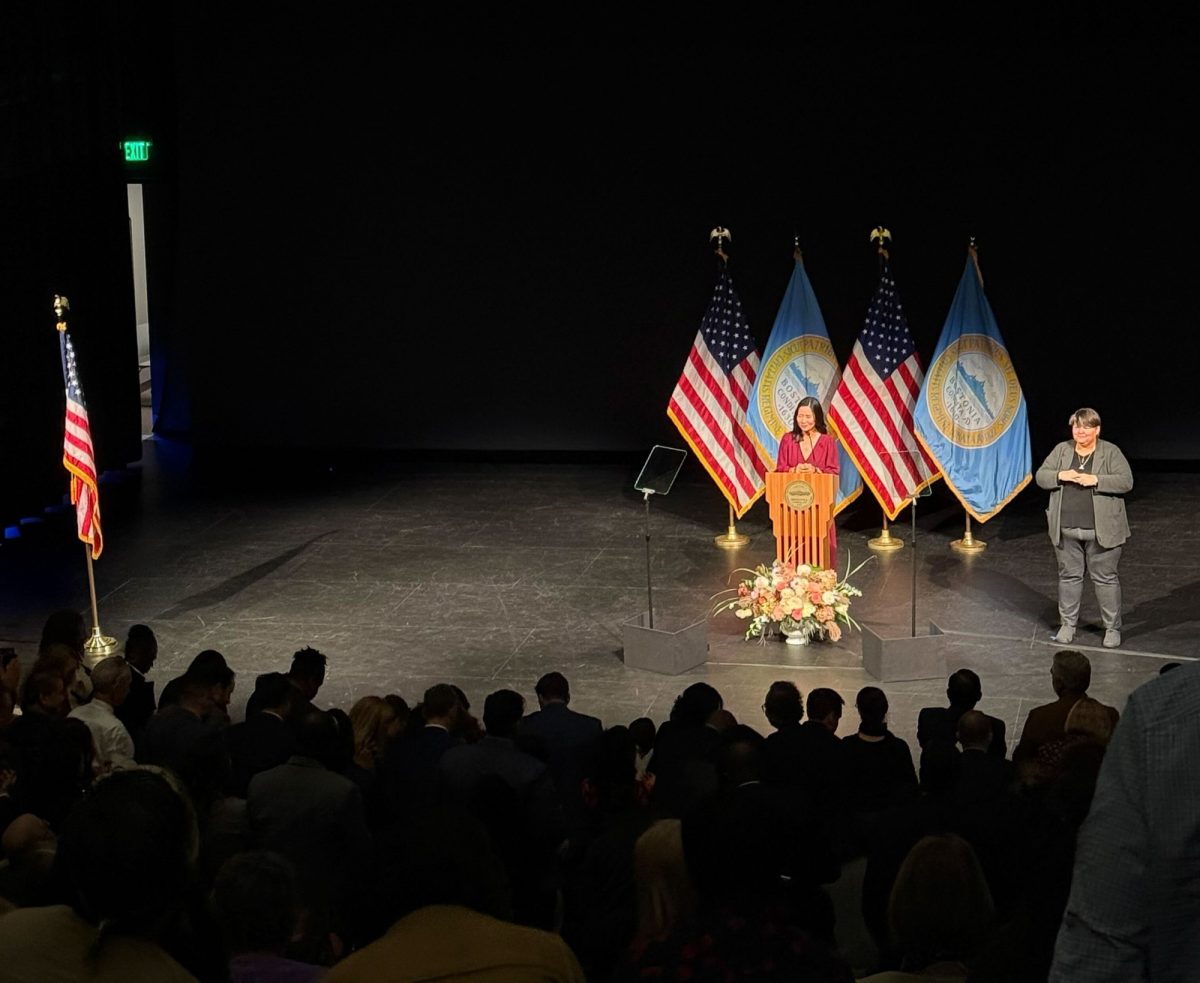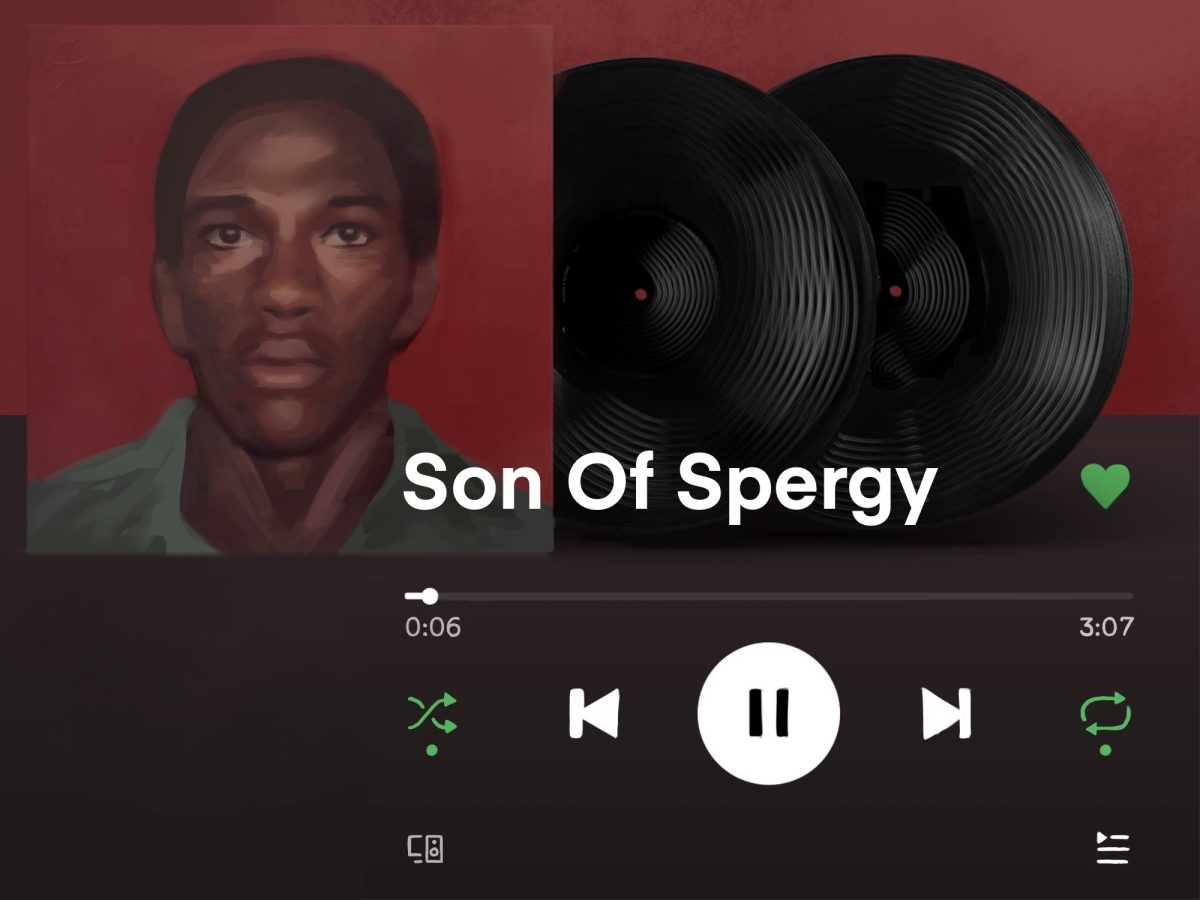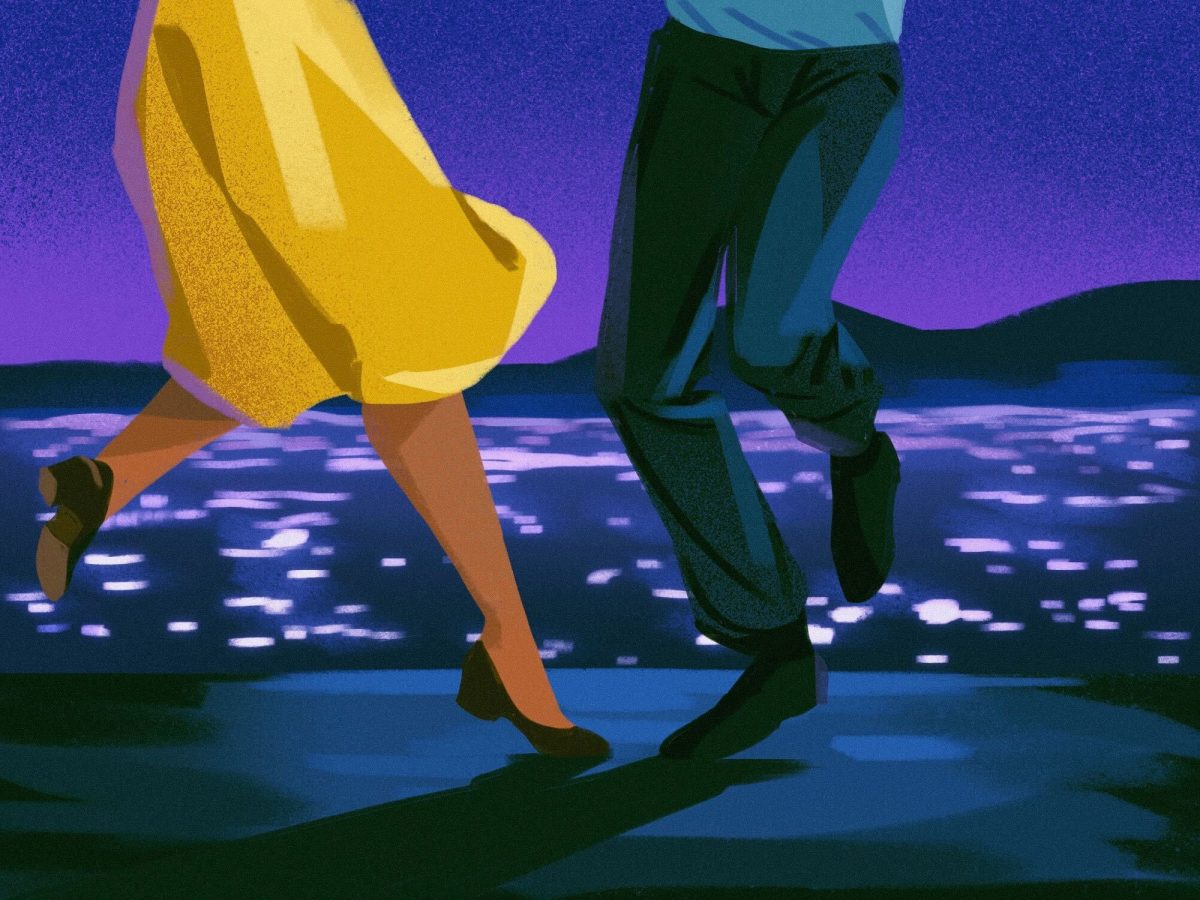Bayanihan, a new student-run arts magazine, held its first photoshoot on Saturday in preparation for its inaugural edition.
The magazine works in collaboration with the Boston University Filipino Student Association, a student-run organization that fosters Filipino connections at BU. Students from Suffolk University and Northeastern University are also involved with the magazine.

Bayanihan was founded last semester by Co-Editors-in-Chief Althea Culaba and Parker Mendoza, who are both sophomores at BU. Bayanihan is a Filipino word that represents a community coming together for a common goal.
Culaba and Mendoza created the magazine to provide a space for Filipino students to show their creativity.
“It’s a magazine made by Filipinos, for Filipinos,” Culaba said. “It’s a space to share and represent Filipino culture with the rest of the world.”
The magazine hopes to highlight the experience of the “golden child” in Filipino culture, with their first photo shoot referencing this theme. Golden child refers to the experience of being Filipino American and grappling with “the expectations of your home culture [and] the country that you live in,” Culaba said.
Mendoza said the golden child phenomenon is a theme that spans various cultures, but being “the ideal child for your family” is a big part of Filipino culture.
Models were dressed in either black or white to represent the contrasting experience of the golden child.
Anthony Alava, a junior at BU and first-generation Filipino American, was one of the models for the shoot.
Alava was dressed in all black, which to him, represents the “aftermath” of the golden child experience and “how a person deals with all the emotional turmoil of being raised up as a golden child.”
“This theme is very important to me because I think it kind of summarizes my whole experience growing up,” he said.
Selina Kagume, a junior at NU, was a model dressed in all white. She said she saw the theme as a “yin and yang,” which made way for an “artistic representation of the negatives of our upbringing, but also how we got through it as well.”
Kagume comes from a family of Kenyan immigrants. Despite not being Filipino, Kagume said the golden child experience is something a lot of people of color can relate to.
“We’re all coming together to tell our story in our own way, and we’re all coming together to grow through that with one another and share this experience,” she said.
Moses Tasik, a junior at Suffolk University, decided to join the magazine as a photographer after connecting the idea of the golden child to his own experience as an Indonesian American.
“As someone who has been through those experiences [and is] kind of still living through those experiences too, I felt really connected to the theme that way,” Tasik said.
Mendoza and Culaba said they hope to get more people involved with Bayanihan and are aiming to produce one edition per semester. The first edition will be out in December.
“Filipino culture in general is very communal and has an emphasis on sharing everything,” Culaba said. “[Bayanihan] just puts that into paper and emphasizes the Filipino presence in the Boston community.”


















































































































